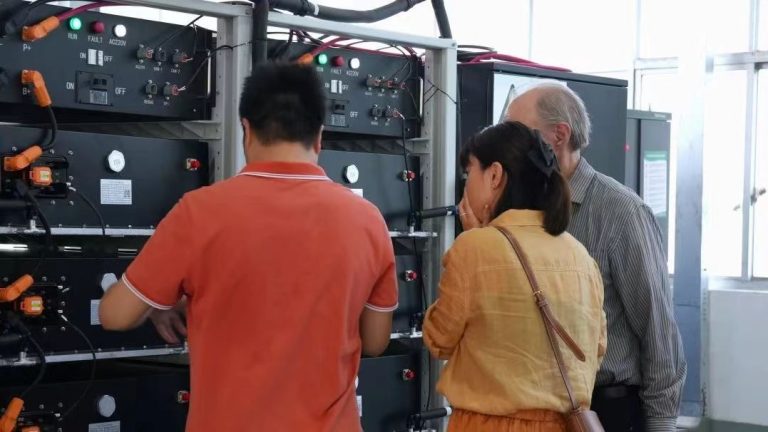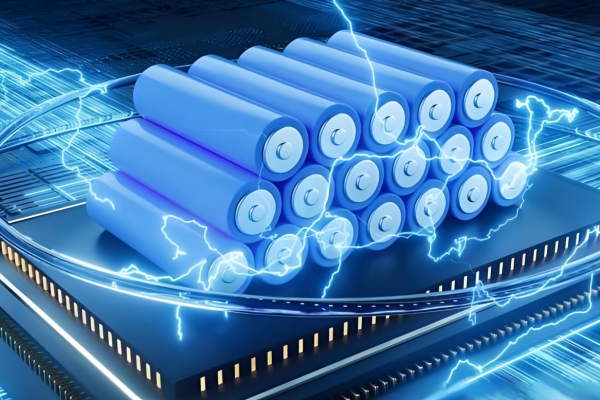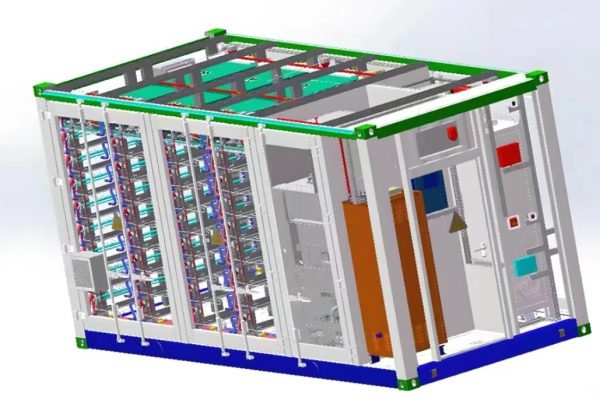How to Combine Diesel Generators with Storage for Smarter Off-Grid Power
In regions with weak or no grid, diesel generators have been the go-to power solution for decades. But relying solely on diesel has its problems: high fuel costs, noise, emissions, and poor energy efficiency — especially at low load.
Today, hybrid diesel-battery systems offer a smarter alternative, allowing operators to cut diesel runtime by 50–70% while maintaining power reliability. In this article, we’ll explore how to plan and deploy small-scale hybrid systems (typically 10–100kWh) for commercial and rural users.
Why Combine Diesel and Batteries?
Diesel gensets are reliable but inefficient — especially when running at partial load for long hours. That’s where batteries come in:
| Problem with Diesel Alone | Hybrid Battery Solution |
|---|---|
| High fuel use at low load | Run genset at full efficiency, store excess |
| Frequent genset cycling = wear | Let battery handle small, variable loads |
| Noise and emissions 24/7 | Battery covers night/silent hours |
| Inability to absorb solar power | Battery stores PV, reducing diesel need |
👉 Result: Diesel runs less often, at optimal efficiency, while batteries serve as a dynamic buffer.
Typical Applications for Hybrid Systems
Hybrid setups are ideal in any setting where grid is weak, unreliable, or absent — especially where diesel is already being used:
- 🧱 Construction sites (temporary but heavy demand)
- 🚜 Rural farms and water pumping (seasonal loads)
- 🏕️ Remote resorts or camps (silent operation needed at night)
- 📡 Telecom or broadcast towers
- 🏫 Island schools or clinics
These sites benefit from fuel savings, lower O&M costs, and more stable power.
System Architecture: Key Components
A basic small-scale diesel-battery hybrid system includes:
- Diesel generator
Existing or newly specified, ideally capable of remote start/stop. - Hybrid inverter/charger
Manages power flow between genset, battery, and load. Key for synchronization. - Battery bank
Typically LFP lithium modules in the 10–100kWh range. Modular or cabinet format. - PV system (optional)
Further reduces diesel use by charging batteries in the day. - Control/EMS
Governs when to charge/discharge battery, start genset, or shed loads.
🖼️ Example layout:
Diesel → Inverter/Charger → Battery → Load
(optional PV → inverter → battery)
How the System Works in Practice
The control logic typically follows this workflow:
- Daytime (if solar present):
PV charges battery and powers load. Diesel stays off. - Evening:
Battery discharges to serve evening loads. - Night or high demand:
If battery SoC drops or load spikes, diesel starts. Inverter charges battery and powers load. - Silent hours:
Diesel off. Battery alone supports low overnight load.
This cycle minimizes diesel runtime, especially during periods of low or variable demand.
Sizing a Small Hybrid System
Proper sizing depends on load profile, runtime requirements, and budget.
| Component | Sizing Principle |
|---|---|
| Battery | Cover 6–12 hours of load (night or genset-off periods) |
| Inverter | Match peak AC load + surge margin (e.g., 1.5× motor loads) |
| Diesel | Sized for worst-case total load, but optimized to run less |
| PV (optional) | Enough to offset daily kWh demand + charge battery |
📌 Example:
- Load: 5kW average, 8kW peak
- Battery: 30kWh (for 6 hours autonomy)
- Inverter: 10kW hybrid
- Diesel: 10–15kVA
- PV: 5–8kW (optional)
Key Benefits for Small Sites
✅ Fuel savings: 40–70% depending on site and PV
✅ Lower genset maintenance: Fewer cycles, cleaner running
✅ Longer generator life
✅ Lower noise during battery-only hours
✅ Improved power quality: Less fluctuation
✅ Remote monitoring: Easy to track SoC, fuel, errors
Deployment Tips for Success
- Use compatible gensets
Ensure genset supports auto-start, remote control, and proper grounding. - Choose inverters designed for hybrid use
Not all solar inverters can interface well with gensets. Choose models with AC coupling or genset input logic. - Design for surge loads
Battery + inverter must handle motor or compressor startup. - Thermal considerations
Batteries and inverters must be installed in ventilated enclosures if diesel is nearby. - Plan SoC reserves
Keep a buffer in battery to reduce deep cycles and allow genset-free recovery.
Common Mistakes to Avoid
- ❌ Oversized gensets that run lightly: Low efficiency, high fuel waste
- ❌ Undersized batteries: System still relies too much on diesel
- ❌ Lack of EMS coordination: No clear start/stop logic
- ❌ Ignoring cooling: Batteries can overheat if near engine exhaust
- ❌ Incompatible inverter-genset pairing: Causes instability, poor sync
Case Snapshot: Remote Farm, 10kVA Genset + 30kWh Battery
Location: Southern Africa
Use case: Water pumps, cold storage, small housing
Original setup: Diesel genset runs 18 hours/day
New hybrid system:
- Hybrid inverter: 10kW
- Battery: 30kWh LFP cabinet
- PV: 6kW
- Diesel runtime: Cut to 6 hours/day
- Fuel savings: ~60%
- Noise complaints: Gone
Selling Hybrid as a Long-Term Investment
When discussing diesel-battery hybrids with your client:
- Frame it as cost-saving, not just “eco-friendly”
- Show ROI over 2–3 years based on fuel offset
- Emphasize reliability + flexibility, not just specs
- Offer expandable options — start with 15kWh battery, add more later
- Help compare fuel + maintenance costs vs. battery capex
For installers and distributors, hybrid systems also mean repeat business for O&M, battery replacements, and system upgrades.
Conclusion: A Smarter Off-Grid Future
Small hybrid diesel-battery systems are no longer niche or experimental. With the right sizing and control, even a modest system can:
- Cut fuel usage by half
- Improve power quality
- Extend generator life
- Enable future solar integration
- Offer quiet, clean nights for off-grid clients
Whether it’s for a rural homestead, island resort, or mobile base camp, these hybrid setups offer real savings and reliable energy — without requiring a full solar buildout.









